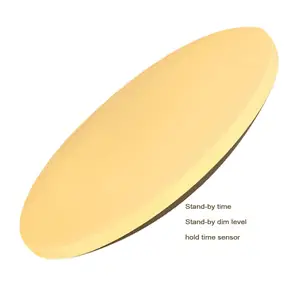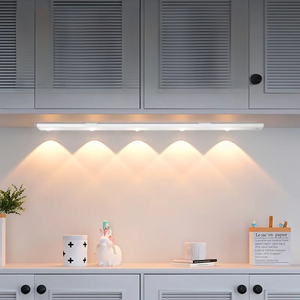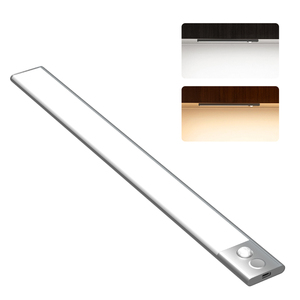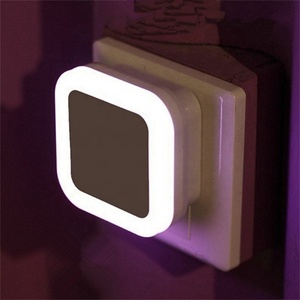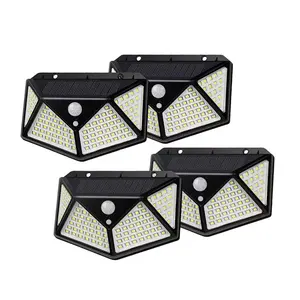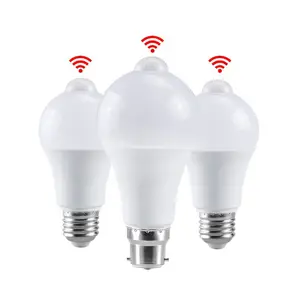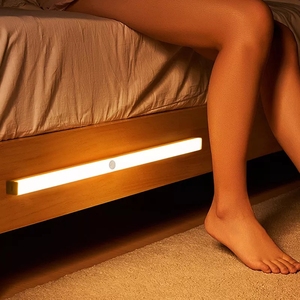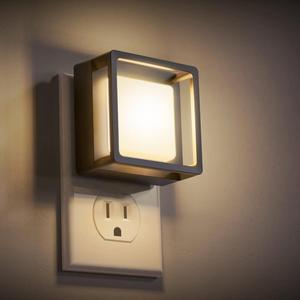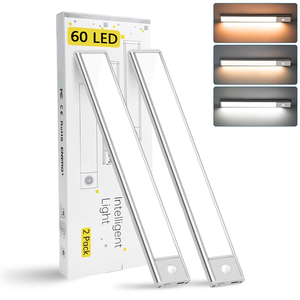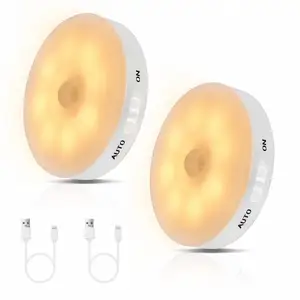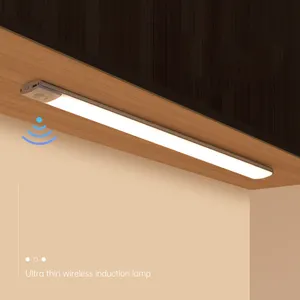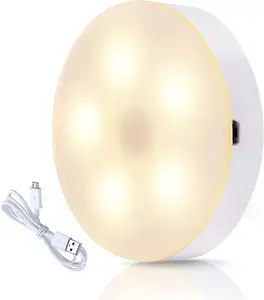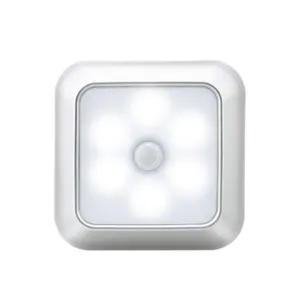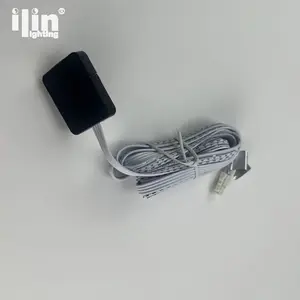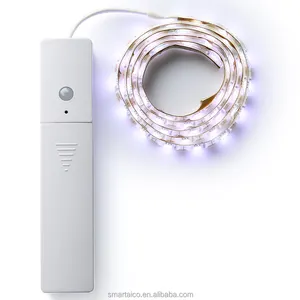Sensor Light For Home












































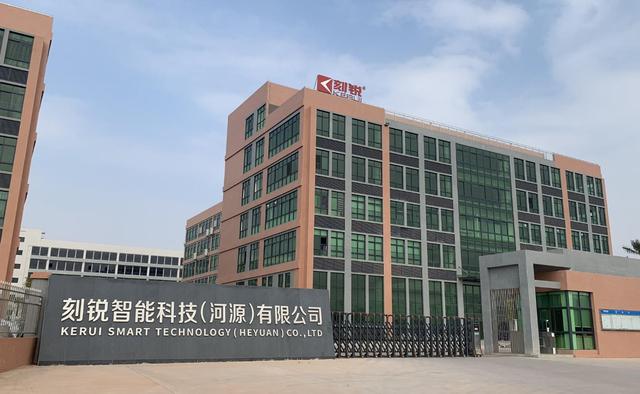










About sensor light for home
Where to Find Sensor Light for Home Suppliers?
China remains the central hub for manufacturing sensor lights for home applications, with key production clusters concentrated in Guangdong, Zhejiang, and Jiangsu provinces. These regions host vertically integrated supply chains encompassing LED chip fabrication, plastic injection molding, electronic control units, and smart sensor modules. The Pearl River Delta—particularly Shenzhen and Zhongshan—dominates smart lighting production, leveraging proximity to component suppliers and export ports, enabling lead times as short as 15–25 days for standard orders.
Suppliers in these industrial zones benefit from mature ecosystems supporting rapid prototyping, mass production scalability, and cost-efficient logistics. Average unit costs are 20–40% lower than equivalent Western-manufactured products due to localized sourcing of semiconductors, PCBs, and polycarbonate diffusers. Buyers gain access to flexible production runs, ranging from small batches (MOQs as low as 2 pieces) to bulk container loads, supported by high automation rates and consistent quality control protocols.
How to Choose Sensor Light for Home Suppliers?
Effective supplier selection requires a structured evaluation based on technical compliance, production capacity, and transaction reliability:
Quality & Compliance Verification
Prioritize suppliers offering CE, RoHS, and SAA certifications, which confirm adherence to international safety and environmental standards. For markets in Europe and North America, verify CB or TUV certification to ensure regulatory acceptance. Request test reports for PIR (passive infrared) sensors, lumen output, IP ratings, and standby power consumption to validate performance claims.
Production Capability Assessment
Evaluate operational scale and process control through the following indicators:
- Minimum monthly output capacity exceeding 50,000 units for volume stability
- In-house capabilities in PCB assembly, mold development, and automated testing
- Dedicated R&D teams supporting firmware updates for smart models (e.g., microwave + PIR dual-sensor integration)
Cross-reference delivery performance data—target on-time delivery rates above 95%—and assess response times (ideally ≤1 hour) as proxies for operational efficiency.
Procurement Risk Mitigation
Utilize secure payment mechanisms such as escrow services for initial transactions. Confirm sample availability before full-order placement, with typical sampling lead times between 7–14 days. Analyze reorder rates: values below 15% may indicate customer satisfaction issues, while higher rates (e.g., 28%) suggest product-market fit and reliable service.
What Are the Best Sensor Light for Home Suppliers?
| Company Name | Location | Main Products | Online Revenue | On-Time Delivery | Avg. Response | Reorder Rate | Min. Order Quantity | Price Range (USD) |
|---|---|---|---|---|---|---|---|---|
| Zhongshan Eupple Lighting Co., Ltd. | Zhongshan, CN | Ceiling Lights, Smart Home Lights, Panel Lights | US $70,000+ | 92% | ≤1h | <15% | 1–200 sets | $8.50–23.38 |
| Guangzhou Hao Lu Metal Materials Co., Ltd. | Guangzhou, CN | Night Lights, Motion Sensor LEDs | US $10,000+ | 97% | ≤1h | <15% | 10–100 pieces | $0.49–6.38 |
| Shenzhen Greenbar Smart Electronics Co., Ltd. | Shenzhen, CN | Wireless Sensor Lights, Rechargeable LEDs | US $20,000+ | 96% | ≤1h | 28% | 2 pieces | $4.60–7.30 |
| Shenzhen Top Star Optoelectronic Technology Co., Ltd. | Shenzhen, CN | Night Lights, Solar Garden Lights, Cabinet Lights | US $20,000+ | 100% | ≤3h | <15% | 10–100 units | $0.10–2.38 |
| Anhui Lanyou Lighting Technology Co., Ltd. | Anhui, CN | Night Lights, Solar Garden Lights, LED Bulbs | US $40,000+ | 90% | ≤15h | <15% | 10–100 pieces | $0.57–5.77 |
Performance Analysis
Shenzhen-based suppliers demonstrate superior responsiveness and delivery consistency, with two achieving 96% or higher on-time fulfillment. Shenzhen Top Star stands out with a perfect 100% delivery rate and ultra-low pricing ($0.10/unit minimum), making it ideal for high-volume buyers prioritizing cost efficiency. Zhongshan Eupple offers premium-tier products with higher MOQs (up to 200 sets), suitable for distributors seeking branded, certified fixtures. Anhui Lanyou presents balanced capabilities with strong online revenue but slower response times, indicating potential bottlenecks in customer service. Shenzhen Greenbar is notable for its 28% reorder rate—the highest in the dataset—suggesting strong end-user satisfaction and repeat demand, likely driven by customizable design options including color, size, and packaging.
FAQs
How to verify sensor light supplier reliability?
Cross-check certifications (CE, RoHS, SAA) against official databases. Request factory audit reports or video tours to confirm production lines and QC processes. Analyze transaction history metrics such as on-time delivery rate, response time, and reorder frequency as behavioral indicators of reliability.
What is the average lead time for samples and bulk orders?
Sample lead times typically range from 7–14 days depending on customization needs. Bulk production lead times average 20–30 days post-deposit, with express shipping adding 5–10 days globally. Solar-powered or rechargeable models may require additional time for battery integration testing.
Can suppliers accommodate custom designs?
Yes, many suppliers support OEM/ODM services including custom housing dimensions, color temperatures (2700K–6500K), sensor sensitivity adjustment, and branding (logo printing, packaging). Minimum order quantities for customization vary—typically 500–1,000 units—but some offer low-MOQ trials for validated buyers.
Do suppliers provide warranty and after-sales support?
Standard warranties range from 1–2 years. Reputable manufacturers include spare parts and technical documentation. Post-sale support varies; prioritize suppliers with dedicated English-speaking teams and documented return policies for defective units.
What are common power and sensor types used in home sensor lights?
Most units use PIR (Passive Infrared) sensors with detection ranges of 2–8 meters. Advanced models integrate microwave or dual-tech sensors for reduced false triggers. Power sources include AC mains (85–265V), USB rechargeable batteries, and solar charging with NiMH/Li-ion storage. Typical lumen outputs range from 100–400lm, with auto-shutoff timers between 15–120 seconds.






